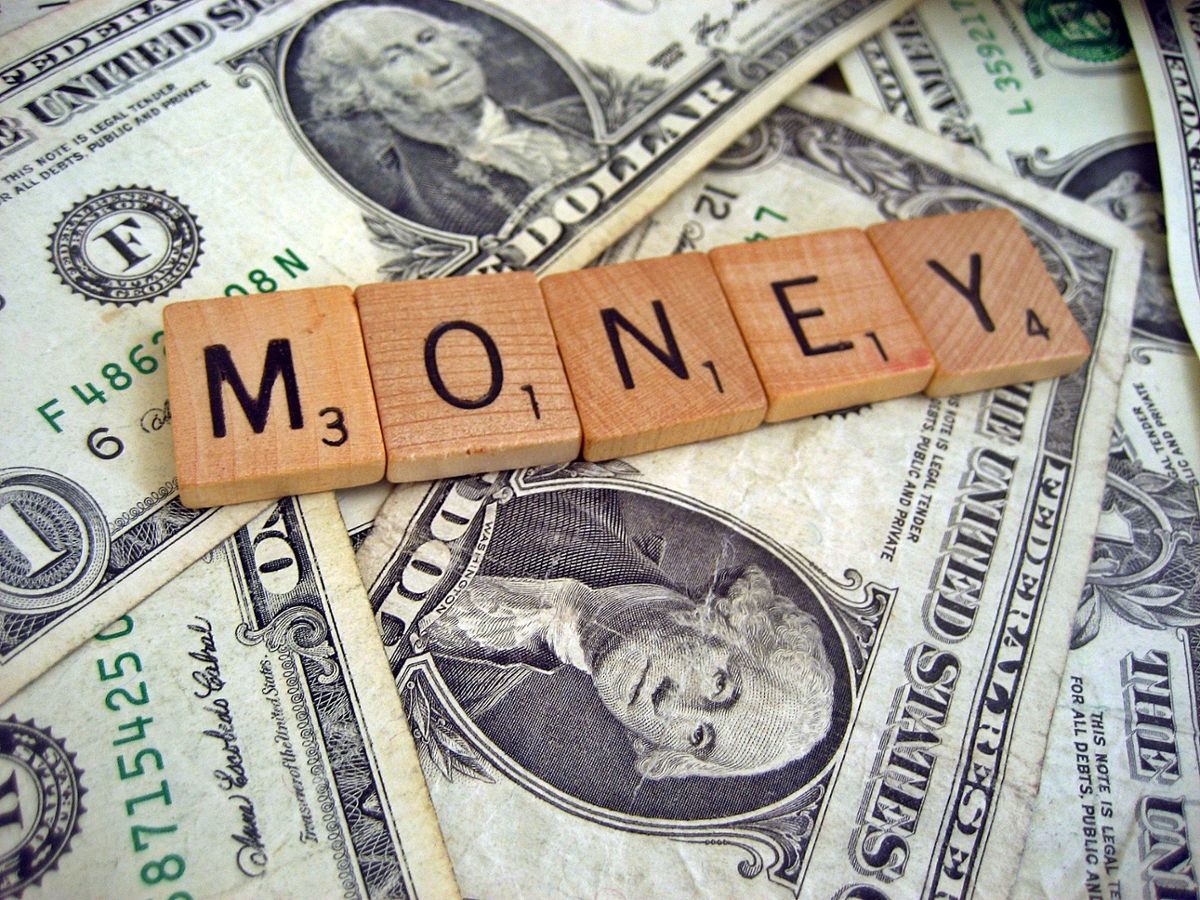I have here a crisp, straightened-out one-dollar bill. I hold the bill by a short edge between the thumb and forefinger of my left hand, allowing the bill to dangle flat and vertical. Now I place the thumb and forefinger of my other hand around the bottom edge of the hanging bill, not quite touching it.
I shall demonstrate my quick reaction time by releasing the bill with my left hand and catching it with my right hand before it has time to fall through my fingers. I've done some figuring and I estimate that a dollar bill takes about a fifth of a second to fall a distance equal to its own length after I release it. I, however, am so quick that I can catch the bill before it has fallen even half its own length. There, I have caught the bill so that my thumb is over George Washington's portrait.
Now you try it. I'll dangle the bill so the bottom edge is between your fingers. Without warning, I drop the bill.
You aren't quick enough to catch it. Again and again, you fail.
Actually I'm cheating. When I drop the bill and catch it myself, I do not demonstrate my own reaction time. My brain issues both the "drop" and "catch" instructions, so I am not really reacting to motion of the bill. I can make the drop and the catch happen as close together in time as I want. I can even catch the bill before I drop it.
You, however, must see the bill begin to fall before doing anything. Messages must travel from your eyes to your brain to your hand; only then do your fingers close. All that takes time, more time than the dollar bill takes to fall a distance equal to its own length.
Do you think you'll react faster if I use a five-dollar bill instead of a one?










